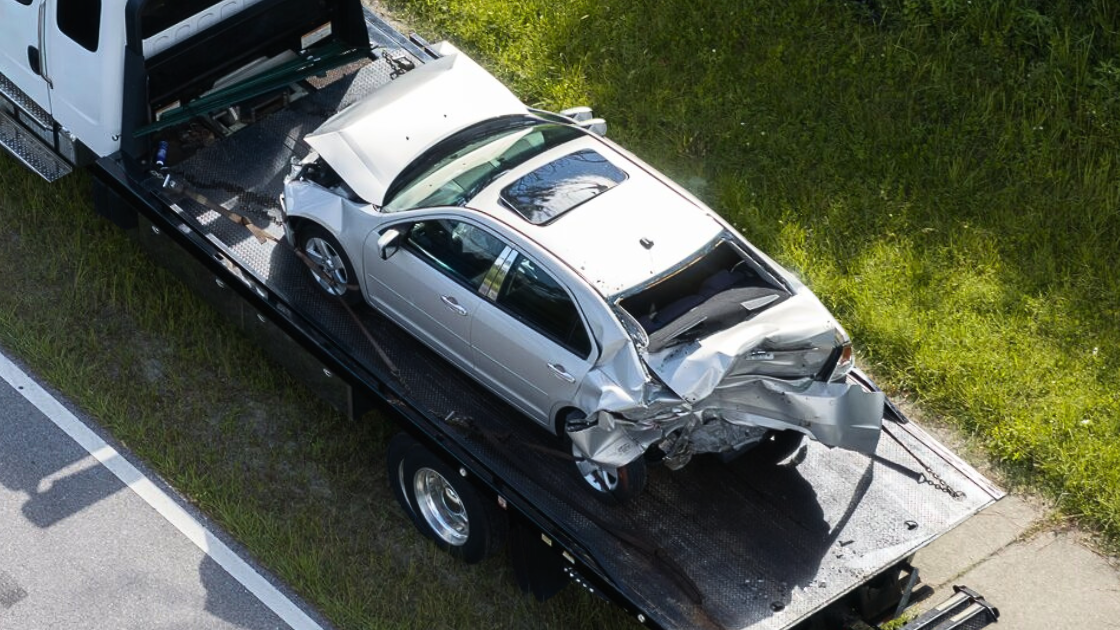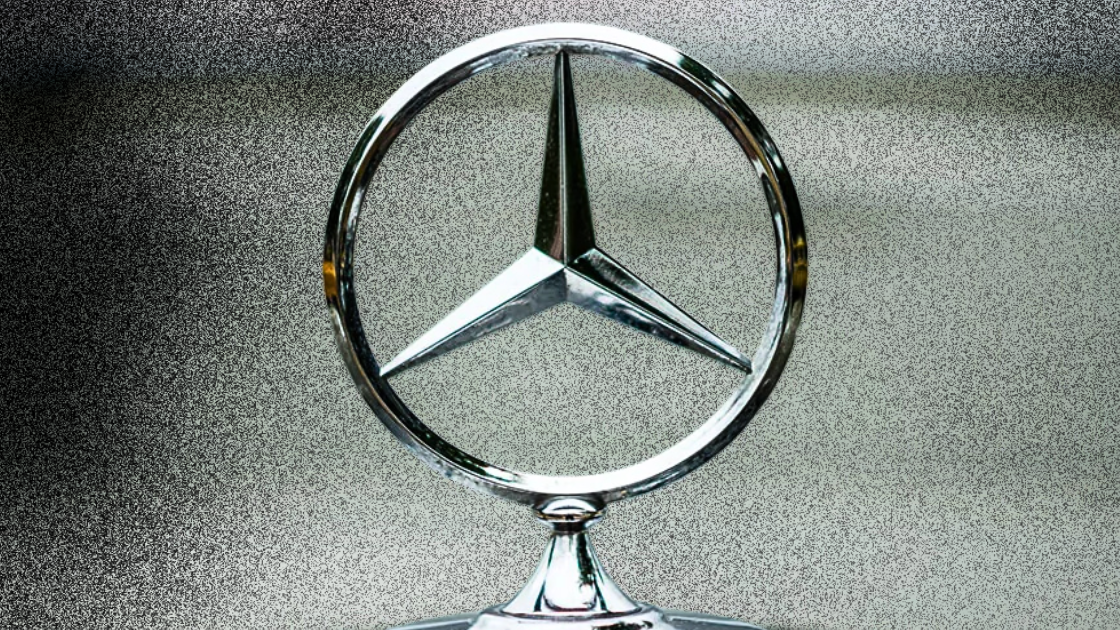
Welcome to another edition of expert insights from the Car Dealership Guy Podcast, an episode recap that breaks down the high-level takeaways
Today’s guest is Jonathan Smoke, Chief Economist for Cox Automotive. Jonathan leads data analysis at Cox Auto, sourcing information from dealers across the country to make sense of what’s happening in the car market and where trends are headed.

1. A closer look at 2024 so far.
This year’s sales have been mostly in line with forecasts without any major upsets. Although interest rates were high for longer than expected, the Federal Reserve has made its first rate cut in years, relieving pressure on businesses and consumers. New vehicle supply chains have also made a rapid recovery compared to last year, overcoming shortages and leading automakers to boost incentives. And the used car market has finally started to shift out of the volatility caused by the COVID-19 pandemic, giving buyers and dealers some much-needed stability. However, retailers are also struggling to find pre-owned inventory.
2. Local markets vs national markets.
Making decisions on what model of used or new vehicle to prioritize based on national data can be a mistake. Instead, Jonathan urges dealers to focus on their local market and refine their offerings to suit the customers that actually purchase from them. “The reality is we have a thousand auto markets around the country and what is happening in your specific market as a dealer may not resemble what you’re hearing in the aggregated news,” he explains. “it can lead you to become too risk-averse and worrisome about the future when your market is just fine with job creation and population growth and demand for vehicles.” Controlling your own market as a local or regional dealer also keeps the national franchises out.
3. New car price trends.
New vehicle prices (based on the Consumer Price Index) have come down roughly 1% over the last year. However, it’s not that vehicles are getting cheaper: MSRPs and invoices have been getting more expensive. The reason prices are going down is due to the return of discounting. However, current discounts, which see consumers paying an average of 3% below MSRP, remain much smaller compared to pre-pandemic norms, when the average discount dropped prices to 6% below MSRP. “Actually, this summer has been the time over the last two years that the rise in discounting has plateaued,” Jonathan said.
4. Stagnating discount growth may be driving new vehicle inventories lower.
While supply levels have been hovering around 80 days since tax refund season, sales have also gone up modestly from earlier in the year, implying that dealers are working in a tighter market. “This suggests the discounting may not quickly go back to the 6% we once had,” explains Jonathan, since retailers seem to have achieved a good balance between pricing, demand, and inventory.

Car Dealership Guy News - The #1 source for concise and unbiased car industry news. Stay informed with the most relevant and interesting stories by visiting news.dealershipguy.com.
CDG Recruiting - a more hands-on, white-glove automotive recruiting service with decades of experience successfully placing over 1,000 roles in the automotive industry. Try CDG Recruiting today by visiting cdgrecruiting.com.
5. National data is somewhat skewed.
Two factors are also distorting industry figures: Stellantis and electric vehicles. Jonathan notes that excluding these two categories shows that the market is much tighter than national data suggests, with most dealers seeing even smaller discounts and lower days of supply. This is why new vehicle departments are set to have their fourth-most profitable year in history, even as gross margins on new cars continue to drop. “Behind the scenes, vehicles are not getting cheaper to make, and we continue to have a very strong appetite for $60,000-plus vehicles in the mix…plus you’ve got huge increases in labor costs,” he added.
6. 2024 annual sales forecast.
The year-to-date seasonally adjusted annual rate (SAAR) for new vehicles is currently at 15.6 million vehicles, an increase from 15.5 million thanks to September results. Cox Automotive expects the full-year SAAR to hit 15.7 million, although this will require the fourth quarter to be the strongest of 2024. However, while Jonathan believes this is perfectly within the industry’s reach given strong demand during the November and December months, he admits this will depend heavily on manufacturers’ willingness to up incentives. When it comes to the Federal Reserve’s interest rate cuts, lower rates are forecast to drive sales up as much as 10% in the coming years, although this also assumes that companies offer incentives to boost volumes.
7. Are cars becoming obsolete?
Faced with the possibility that new technologies like robotaxis and ridesharing will lead consumers to buy fewer vehicles, automakers are starting to focus more on specialization rather than meeting mass market demand. This will help manufacturers remain profitable despite reductions in car ownership. Jonathan explains that this is also why companies like Toyota and Volkswagen are having a better year than other brands: unlike domestic automakers, these two are one of the few making relatively affordable cars.
8. Focusing on the dealership profit centers.
New vehicle gross margins will continue to decline, especially for brands with an oversupply problem. But volumes are still due to grow, boosting overall profits in the coming months and years on a dollar basis. On the used vehicle side, things have been more challenging than in other markets since price correction has set in much faster. However, Jonathan believes that pre-owned prices are starting to stagnate: this, in addition to a small increase in sales, will provide some much-needed stability for used car dealerships. Fixed-ops continues to perform extremely well in terms of profit. While inflation and labor costs have made service departments more expensive, the increasing complexity of vehicles is pushing up the overall cost of repair and maintenance, even for minor accidents.
9. Spring 2025 could see a flood of demand.
High-income earners benefit from favorable interest rates and assets, but inflation has hit lower earners hard, especially in food, energy, and housing, which make up half of their expenses. While inflation is easing, high credit card debt and rising rates now strain budgets. As inflation declines, strong employment and falling interest rates should ease pressures, especially by spring 2025. This could improve credit performance, encourage lenders to loosen standards, and drive auto purchases among subprime buyers, with auto loan rates potentially dropping by a full percentage point by tax season.
10. What’s going on with Stellantis?
Stellantis has faced one of the biggest struggles among all Detroit automakers following the COVID-19 pandemic. Even though they were one of the first to overcome their supply chain challenges, their vehicle sales have declined, causing inventories to skyrocket. Jonathan notes that Stellantis dealers are in an especially difficult position since floorplan costs are on the rise. This, combined with the company’s hesitation on incentives, has spread retailer finances thin. However, the company has started to reintroduce incentives in recent months: if this works to improve its performance, Jonathan believes this could have a major impact on the overall market’s health due to Stellantis’ size.
11. Uncertainty around the presidential election is almost over.
With the election approaching, consumer confidence has hit a 2.5-year high, according to Morning Consult, which could fuel positive trends like rising demand into 2025. Jonathan predicts that regardless of the election outcome, uncertainty will ease, boosting market sentiment. However, he notes that the candidates' contrasting policies on tariffs and EVs will have long-term implications. If Trump wins, Jonathan expects a surge in EV sales before the year's end, driven by buyers rushing to secure tax credits before they are likely phased out.
Interested in advertising with Car Dealership Guy? Drop us a line here.
Want to be considered as a guest on the podcast? Add your name here.








